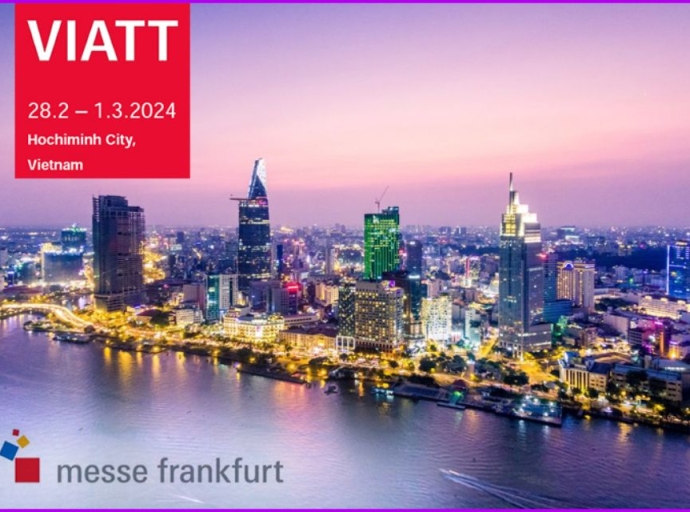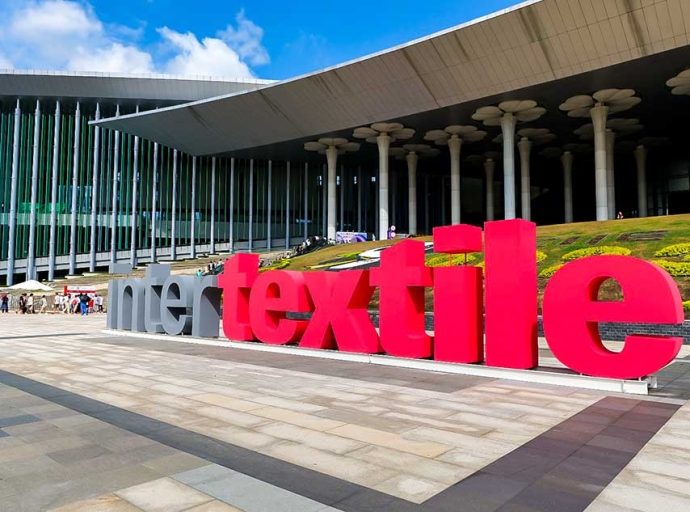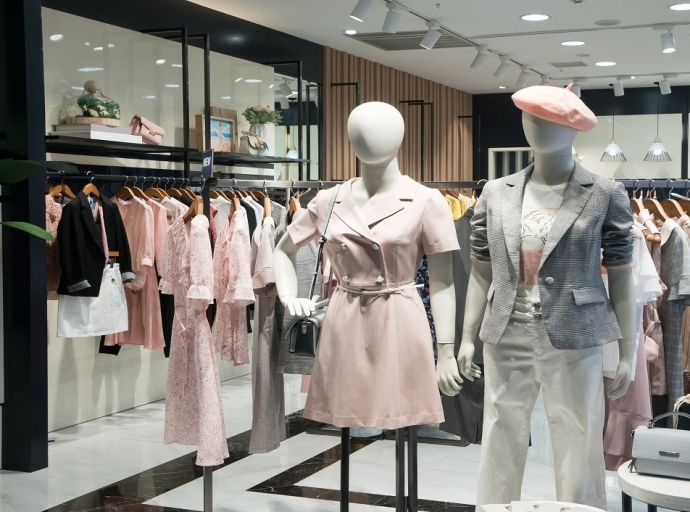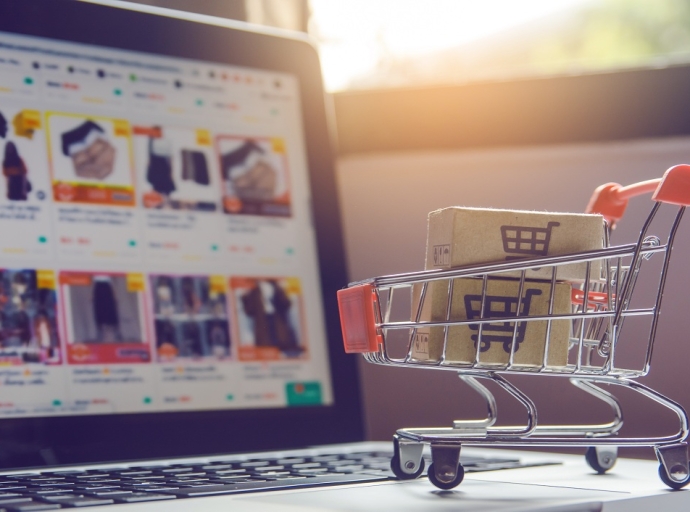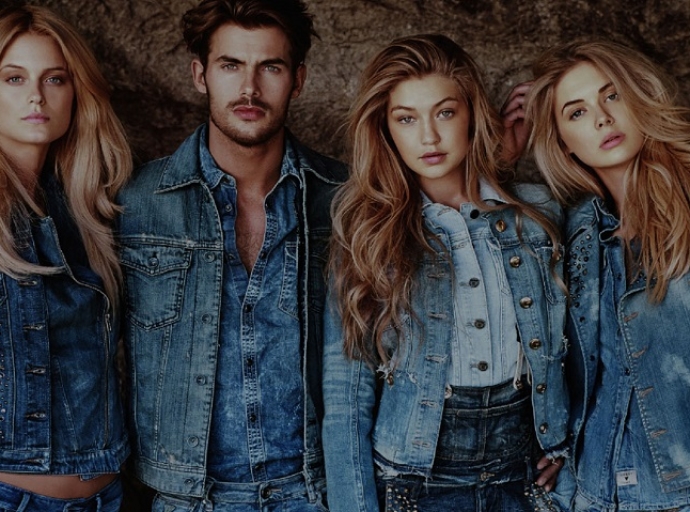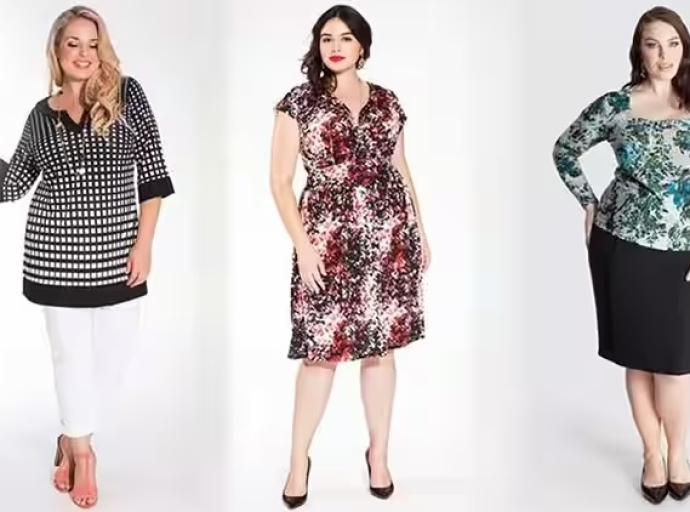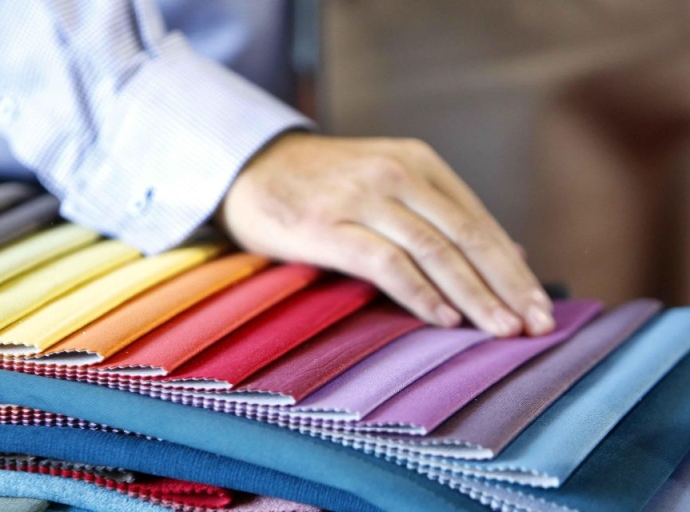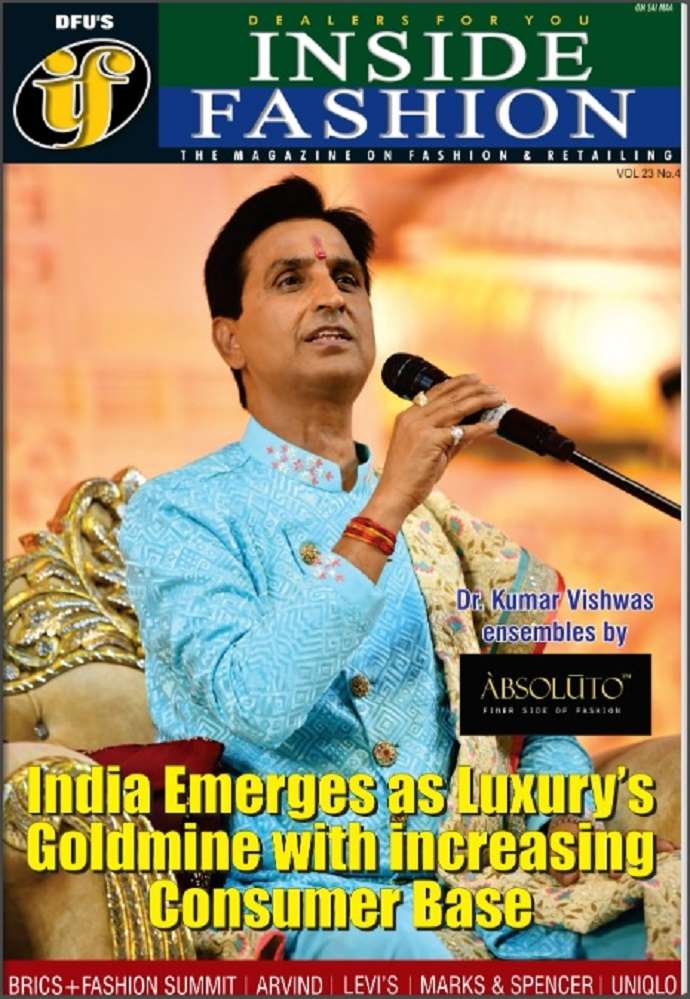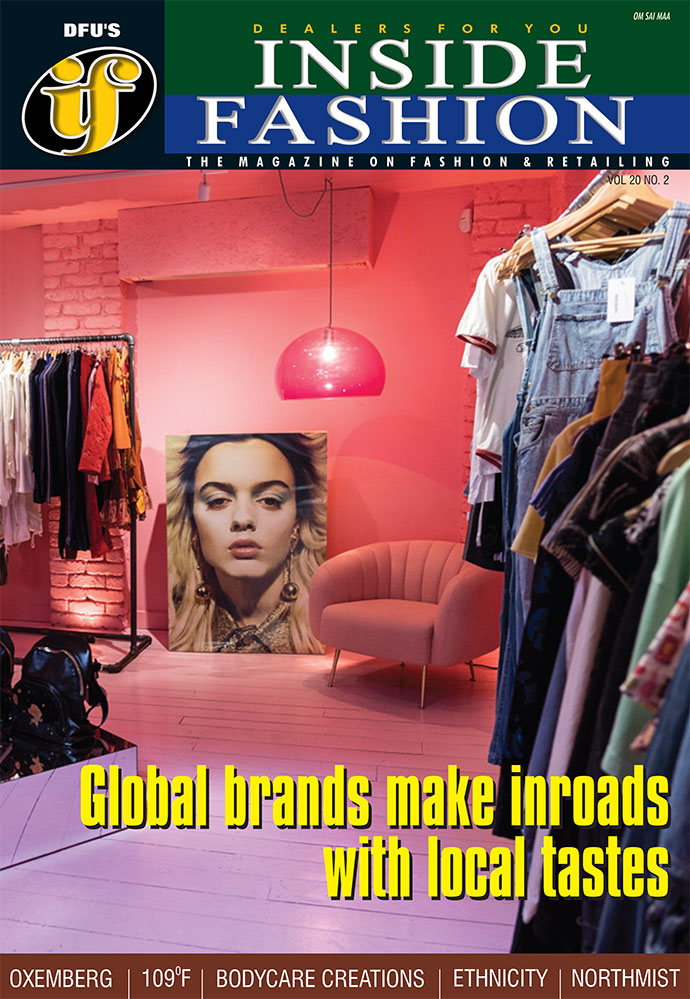25 September 2023, Mumbai
Vu Ba Phu, the Director General of the Vietnam Trade Promotion Agency (Vietrade), recently discussed the new trade show VIATT and its partnership with Messe Frankfurt.
The event, known as the Vietnam International Trade Fair for Apparel, Textiles, and Textile Technologies (VIATT), was established to enhance trade relations between China & Vietnam.
Vietnam, and other regional countries
VIATT is anticipated to be an annual exhibition that will feature a diverse range of products such as home interiors, textiles, garments, fabrics, and garment technology. The primary objective of the show is to foster a collaborative environment that benefits the entire Asian textile industry.
Outlook
Phu expressed enthusiasm about collaborating with Messe Frankfurt on this significant event. Messe Frankfurt is a renowned global leader in organizing trade fairs and has a rich history of over 70 years in the industry.
Quotes
Michael Messmer, the CEO of Messe Frankfurt Asia, expressed his honor in partnering with Vietrade for VIATT. He believes that VIATT will play a crucial role in further advancing the textile industry in Vietnam and the region.
Calendar
VIATT is scheduled to be held from February 28 to March 1, 2024, at the Saigon Exhibition and Convention Center in Ho Chi Minh City, Vietnam.
The exhibition is expected to attract over 500 exhibitors and approximately 35,000 visitors.
The company organizes more than 150 trade fairs annually across 30 countries.
The launch of VIATT marks a significant milestone for the textile industry in Vietnam and Southeast Asia. It is poised to facilitate trade promotion and foster collaboration among countries in the region.
VIATT: New Textile Trade Show in Vietnam
Key Insights:
- Promotes trade between China, Vietnam, and other regional countries.
- A diverse range of products, including home interiors, textiles, garments, fabrics, and garment technology.
- Fosters collaboration among Asian textile industry players.
- Organized by Messe Frankfurt, a renowned global leader in trade fairs.
- Scheduled to be held from February 28 to March 1, 2024, in Ho Chi Minh City, Vietnam.
- Expected to attract over 500 exhibitors and 35,000 visitors.

